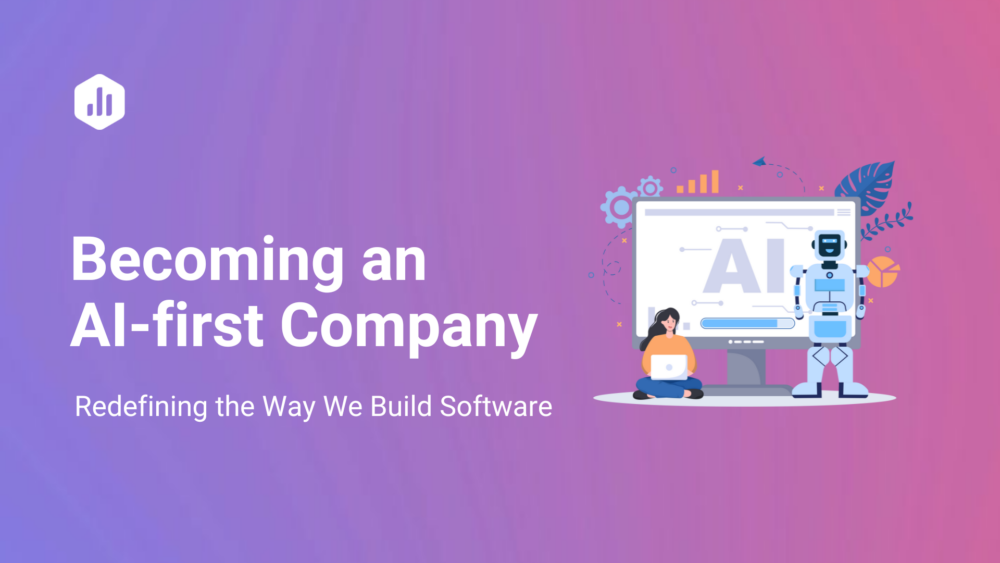Table of contents
The metric: Free-to-Paid Conversion Rate
Episode 100! In this milestone episode, Amanda Natividad (VP of Marketing at SparkToro), shares how she and the team doubled their free-to-paid conversion rate in just 4 months. You’ll learn why they prioritized this metric when they did, and how they moved the needle on it by improving the onboarding tour and by creating a behavior-based email sequence.
Why Free-to-Paid Conversion?
Amanda had a gut sense that since “audience research” was still pretty early and search volume was relatively low, they needed to nail the onboarding experience when people did give them a try.
She started working with Forget The Funnel, who helped them identify 2 big opportunities:
1) Increase free-to-paid conversion.
2) Improve the onboarding experience.
So they focused on growing their free-to-paid conversion %, and got to work improving onboarding.
How They Improved It
Improving the onboarding flow.
At the time, SparkToro’s onboarding flow had 15 (or so) steps and a 10% completion rate, which was above average.
Despite that, they were still addressing churn and getting questions about the product, so Amanda knew there was room for improvement.
So she worked with Ramli John, who helped them improve the sequence. They did this by reducing it to 8 steps, and having Rand Fishkin (founder) trim his welcome video from 5 minutes to 2.
Next, they updated the onboarding messaging, making it more concise and using a more active voice.
Finally, they made sure every onboarding step mapped to 1 single feature. Previously, they had introduced new users to “list creation” and “outreach” in the same onboarding step. Amanda noticed that not as many people were creating lists, so they broke these into 2 steps.
These changes alone took their onboarding completion rate from 10% to 15%. And even though Amanda couldn’t prove users were actually consuming the messaging more than before, she knew it was easier to understand, quicker to get through, and it drove users to complete 1 successful search so they could reach the “aha” moment faster.
Creating a behavior-based email sequence.
In the early days, Rand would send personalized welcome emails himself. Later, this became 1 email welcoming users to the product, with subsequent emails being sent to remind users of upcoming monthly charges.
Amanda knew there was lots of room for improvement here, but she faced one major challenge: SparkToro had a very wide use case.
It’s used by a lot of different companies, for a lot of different things. This meant that doing “1 size fits all” onboarding emails wasn’t going to cut it.
So she created a “behavior-based” email sequence, with 3 main goals:
1. Get people to “value realization” as quickly as possible
2. Help users get into the habit of using SparkToro more often
3. Get users to use more features, and realize it’s power
She worked with Casey Henry, SparkToro’s co-founder, to build out workflows that would group users into logic-based cohorts. Depending on the cohort/segment they were in, they’d experience a slightly different onboarding email sequence.
For example, the first action someone takes is signing up for a free account. Ideally, the 2nd action they’d take is running a search. So if someone performed a search, they’d get a welcome email that would suggest other searches they might try. But if they signed up and didn’t make a search, they’d get an email suggesting first searches to try, that might be beneficial to them (based on inputs from the customer).
This allowed them to provide specific help, based on prospective customers’ needs and use cases.
Launching “Office Hours”
Amanda started a series of live sessions where anyone could ask questions and get answers in real-time on a consistent day/time every week.
They’d promote this to new users in onboarding emails, but it was open to anyone. They regularly get 1,000 people watching, with as many as 1,300 on some sessions.
This provided a way for curious, would-be customers to learn more about the product in a no-pressure environment. And existing customers can get answers to specific questions they faced while trying to adopt the product for their own use.
Results
In 4-6 months, the team doubled their free-to-paid conversion, adding more revenue without any new inbound channels.







![How to Improve Agency Operational Efficiency [Insights from 40+ Agencies]](https://cdnwebsite.databox.com/wp-content/uploads/2023/09/14052320/agency-client-collaboration-1000x563.png)




